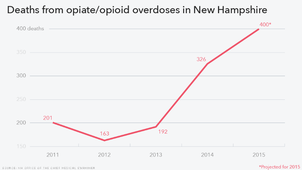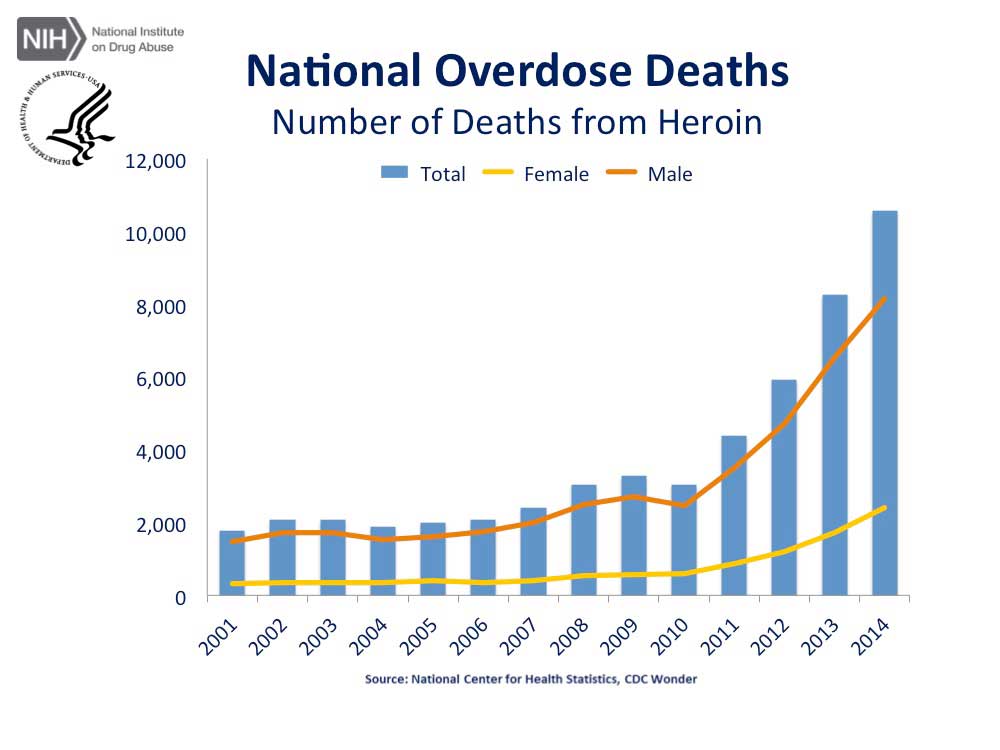
Now that you’re familiar with the concept of moral hazard, let’s look at it in terms of heroin use. Within the past two years, we have seen a large increase in the number of heroin OD’s in the northeast. The reason is that heroin is being laced with the cheaper and more potent drug fentanyl. Most heroin addicts would like to quit, and the greater possibility of an OD death would normally be more incentive. However, enter the drug naloxone, sold as Narcan. Very simple, Narcan reverses the effect of the opiate and prevents death; sounds great, and by preventing a death it is. However, Narcan now becomes a form of insurance. According to WMUR/NH, drug dealers are giving away free Narcan (it’s sold over-the-counter) with every bag of heroin they sell, hence insurance and it takes away a motivation for kicking the habit. To further emphasize the problem, I have spoken to paramedics from both Hampton and Salem, NH who have told me of multiple times they have used Narcan on the same individual. While they keep statistics of OD’s they don’t have those numbers readily available for multiple OD’s of the same individual.

 RSS Feed
RSS Feed
